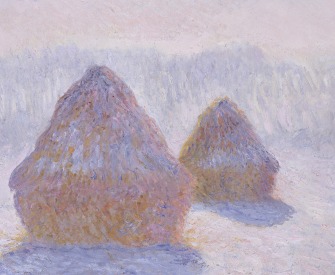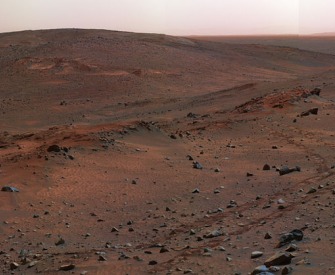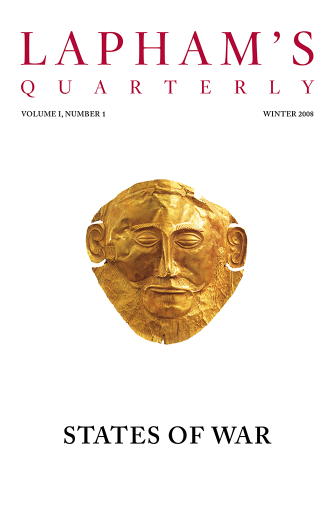At sunrise on January 19, a new land was seen. Who would have thought that an island of no greater extent than this, situated between the latitude of 54° and 55°, should in the very height of summer be in a manner wholly covered, many fathoms deep, with frozen snow? The very sides and craggy summits of the lofty mountains were cased with snow and ice, but the quantity which lay in the valleys is incredible. It can hardly be doubted that a great deal of ice is formed here in the winter, which in the spring is broken off and dispersed over the sea, but the island cannot produce the ten-thousandth part of what we saw—so that either there must be more land or the ice is formed without it.
By February 22, I had made the circuit of the Southern Ocean in a high latitude and traversed it in such a manner as to leave not the least room for the possibility of there being a continent, unless near the pole and out of the reach of navigation. By twice visiting the tropical sea I had not only settled the situation of some old discoveries but made there many new ones, and left very little more to be done even in that part. Thus I flatter myself that the intention of the voyage has in every respect been fully answered: the Southern Hemisphere sufficiently explored and a final end put to the searching after a southern continent, which has at times engrossed the attention of some of the maritime powers for near two centuries past, and been a favorite theory among the geographers of all ages.
That there may be a continent near the pole I will not deny; on the contrary, I am of opinion there is, and that we have seen part of it. If anyone should have resolution and perseverance to clear up this point by proceeding farther than I have done, I shall not envy him the honor of the discovery, but I will be bold to say that the world will not be benefited by it.
From Voyages Round the World. At the age of forty in 1768, Cook began the first of his three multiyear voyages in the Pacific Ocean. On his first trip, he allowed men of the Royal Society to track the transit of Venus, and he charted all of New Zealand. On his second trip, he circumnavigated the earth and, owing to his own innovative scurvy-prevention regimen, lost none of his men to the nutritional disorder. On his final trip, he surveyed some four thousand miles of the western North American coast before he was killed by natives while wintering in Hawaii in 1779.
Back to Issue





